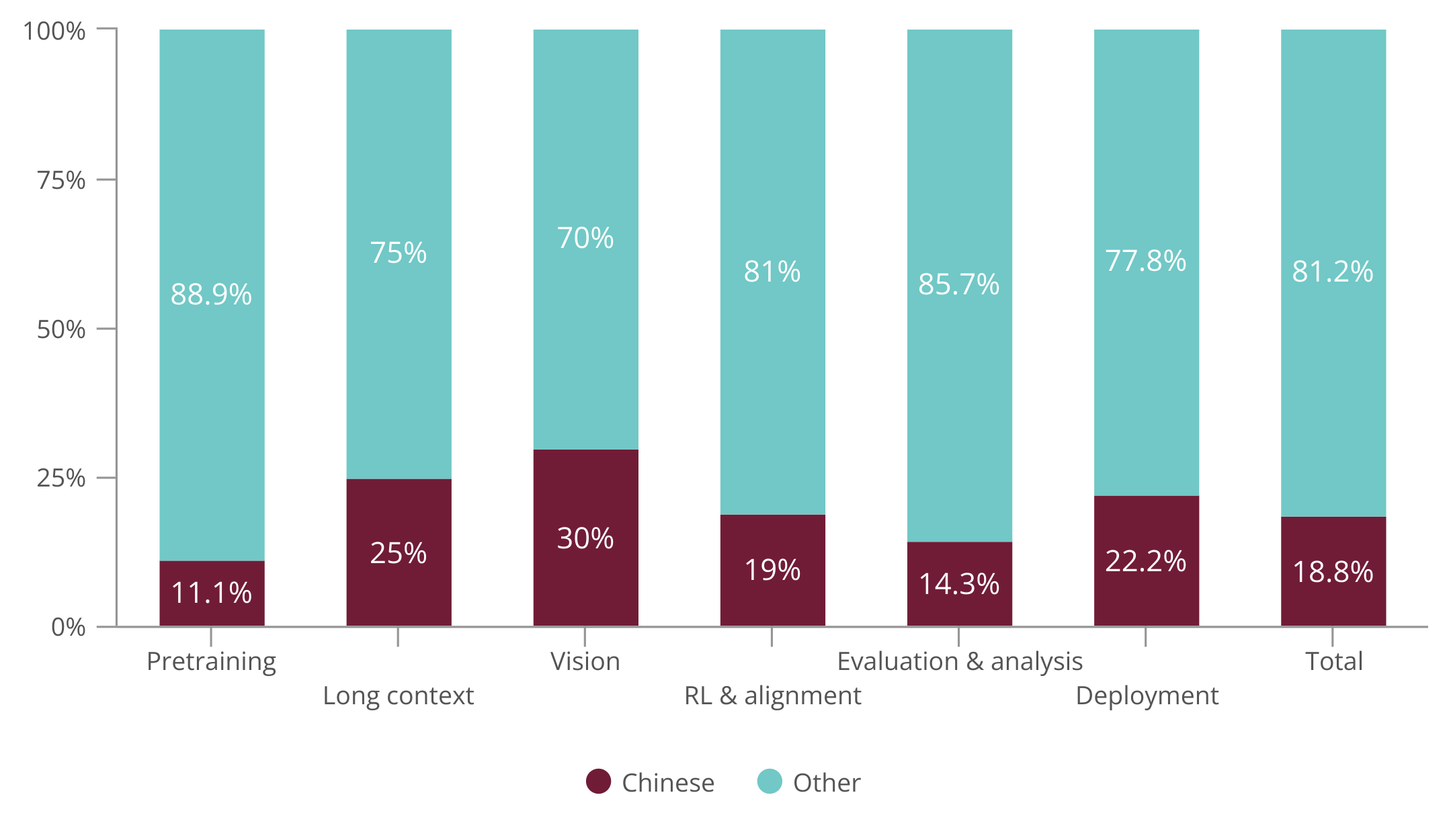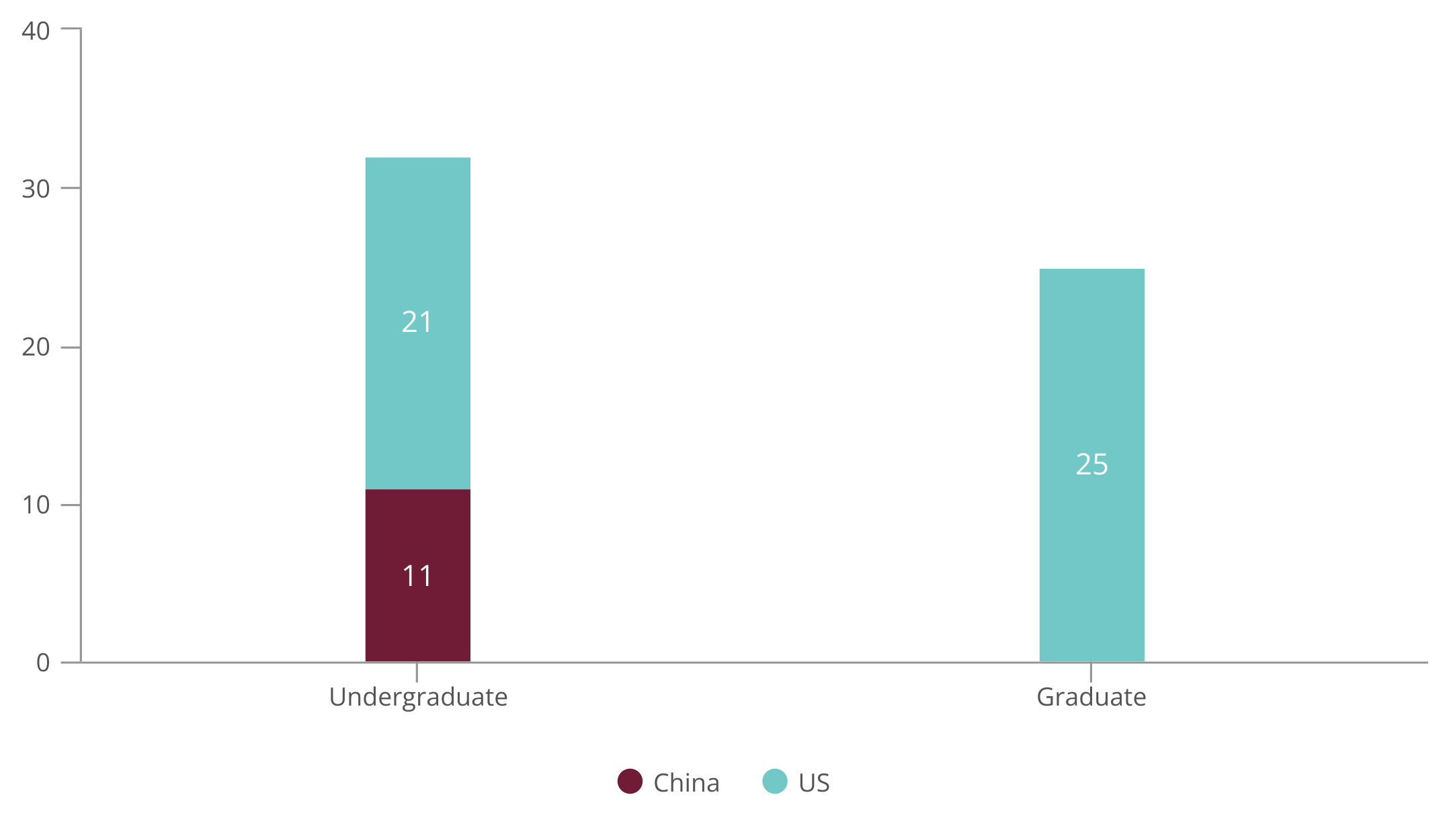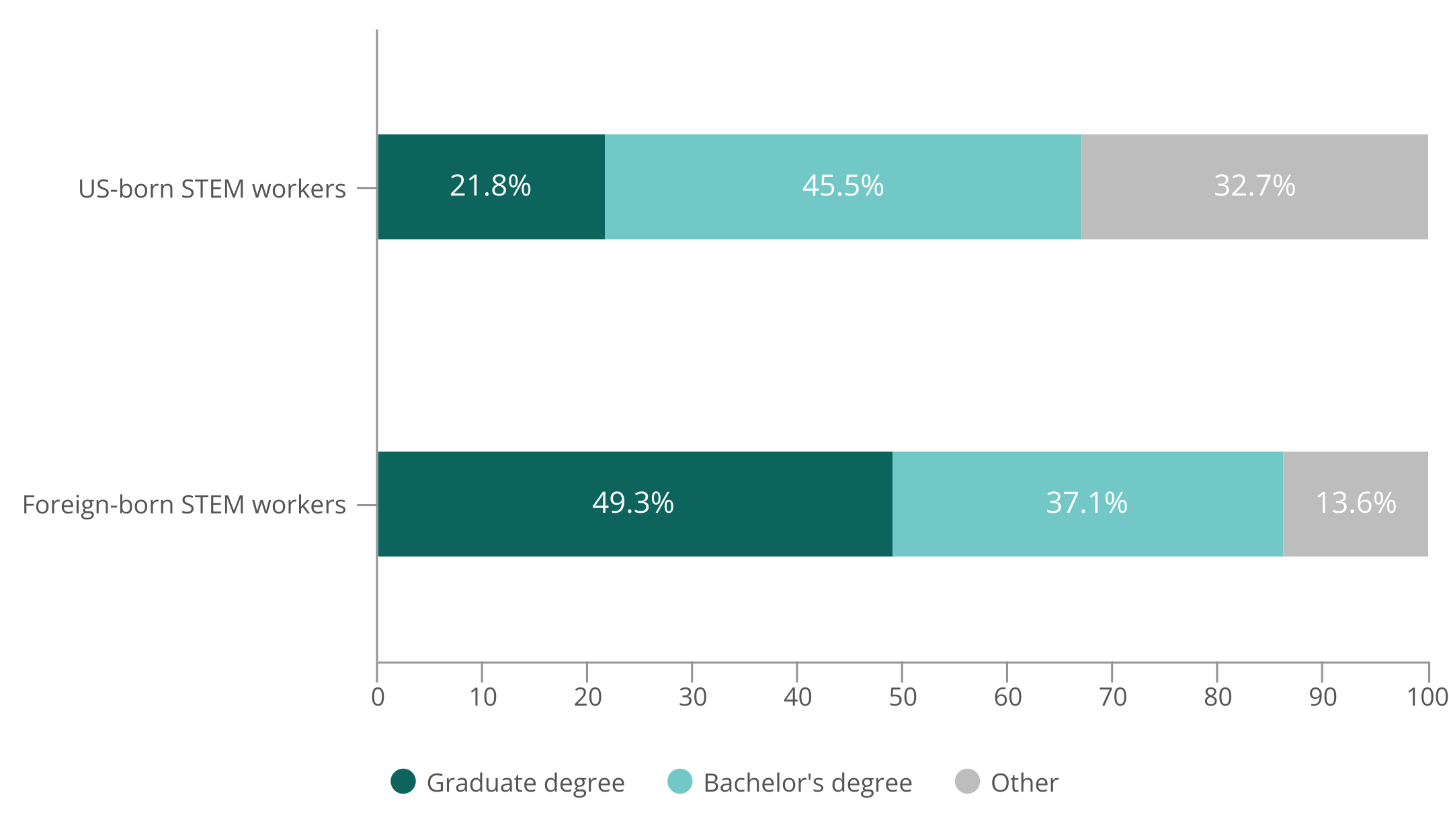- April 4, 2023 Technology
The Chinese Talent Behind Your Favorite Generative AI Product
When it comes to artificial intelligence (AI), incumbents like Google were supposed to deliver the breakthrough products. After all, AI has been central to Google’s strategy, having invested billions of dollars in it since 2016.
Instead, it was Microsoft that had the foresight to invest in a little-known startup, OpenAI, that launched the viral product of the year and set off a frenzy in the generative AI race. Now with Microsoft integrating OpenAI’s GPT model into Bing, once the also-ran search engine, it suddenly seems like “just ask Bing” might seriously give “just Google it” a run for its money.
To many, Microsoft is just a purveyor of productivity software like the word processor on which this piece was written. But peeling the onion a little further reveals a steadfast leader in foundational AI research for decades. Indeed, Microsoft has pioneered natural language processing (NLP) models and spawned Chinese talent that directly or indirectly made ChatGPT possible today.
Microsoft’s AI Talent Factory
Just as Chicago’s Second City served as a comedic talent factory for decades, Microsoft’s Research Asia (MSRA) R&D center arguably has been the AI talent factory. Set up in Beijing in 1998, MSRA not only counts people like Kaifu Lee (cofounder of Sinovation Ventures), Harry Shum (former Microsoft executive), and Hsiao-Wuen Hon (chairman of Microsoft’s APAC R&D) among its 5,000+ alumni, the center was also a model for US-China collaboration.
It wasn’t just producing future industry executives and entrepreneurs—MSRA also produced the top engineers and scientists who ended up in China’s AI ecosystem. Baidu’s chief scientist, Jingdong Wang, joined the company after 14 years at MSRA, while Weiying Ma became vice president of ByteDance’s AI Lab after 15 years at MSRA focusing on NLP and machine learning.
Beyond these notable examples of MSRA alumni, what’s germane to the latest advances in generative AI is MSRA’s pioneering research in NLP. Jianfeng Gao, the center’s NLP lead from 2000-2005 and now serving as head of Microsoft’s Deep Learning Group, embodies that leadership. As one of the world’s most accomplished NLP researchers, Gao’s influence on the field can be seen in the 55,000 total citations he has on Google Scholar, which have grown at nearly 35% since 2016. Unsurprisingly, Gao’s work on neural networks and large language models is cited in OpenAI’s latest GPT-4 model technical report.
Chinese Talent Made in America
While Gao made indirect but valuable contributions to what turned into a commercial product like ChatGPT, a slew of Chinese talent directly made it possible. It goes without saying that OpenAI’s achievement in generative AI was the result of hundreds of exceptional contributors, but Chinese talent made up nearly 1/5 of GPT-4’s core contributors (see Figure 1).
Figure 1. OpenAI’s Chinese Talent Distributed Across Specializations
Note: Chinese talent defined as an individual who attended undergraduate studies in China or based on verification by local media reports. This does not include individuals of Chinese ancestry born outside China.
Source: OpenAI; author.
Of the 32 total Chinese contributors to GPT-4, 11 completed undergraduate studies in China and 21 in the United States. But when it comes to graduate studies, nearly 80% of the Chinese contributors completed their degree in the United States and ended up staying (see Figure 2). That cohort of Chinese talent may have even contributed to ChatGPT’s relative advantage over Baidu’s Ernie—the Chinese chatbot equivalent—in Chinese language capabilities.
Figure 2. 80% of OpenAI’s Chinese Talent Completed US Graduate Degrees
Source: OpenAI; LinkedIn; 36Kr; MacroPolo.
OpenAI isn’t exceptional in this regard, since the engineering and research ranks across top tech firms are likely to have a similar Chinese talent presence. That’s because the US graduate education system is a particularly strong magnet for foreign talent. To wit, of the 33,759 STEM PhDs that the United States graduated in 2019, 39% were foreign-born. In fact, the United States graduates nearly as many foreign-born STEM PhDs annually as the total number of STEM PhDs that Germany graduates (see Figure 3).
Figure 3. Half of Foreign-born STEM Professionals in US Hold Graduate Degrees
Source: American Immigration Council.
In other words, for the United States to remain competitive on human capital, relying on domestic supply simply isn’t sufficient. Without foreign-born talent, the United States would’ve only graduated about 20,000 STEM PhDs in 2019—less than half the number in China. With global competition for top talent growing fiercer, the United States seems to have few options other than to embrace foreign-born high-skilled talent, including Chinese talent, to ameliorate domestic supply constraints.
For example, Chinese graduate students make up 14% of total US computer science graduate students and more than a quarter of the entire international cohort studying in the United States. Among them, 90% of Chinese postgraduates opt to stay and build their careers in the United States. However, recent trends are moving in the other direction, as the total number of Chinese students studying computer science and math in the United States fell by more than 10,000 from 2019 to 2022. Whether such a trend endures or is the result of a pandemic-related blip remains to be seen.
Indeed, US companies’ embrace of Chinese talent contributed to a “win” in the AI competition with China. OpenAI blindsided the industry with a product that is growing more capable—having soared past 100 million users in record time—an outcome that was also the result of collaborative basic research that took decades to bear commercial fruit.
Innovative breakthroughs are fickle, they don’t appear where you want them to. Neither the United States, nor any country, can realistically control where the next “big hit” germinates. But what America can control is ensuring that it remains the best environment for the world’s best and brightest to spend their productive years.
AJ Cortese is a senior research associate at MacroPolo. You can find his work on industrial technology, semiconductors, the digital economy, and other topics here.
Stay Updated with MacroPolo
Get on our mailing list to keep up with our analysis and new products.
Subscribe
